- The Unknown
- Posts
- The Dark Evolution of Indie Horror Games: Cultural Shifts and Its Impact
The Dark Evolution of Indie Horror Games: Cultural Shifts and Its Impact
Unveiling Underrated Horror Hits
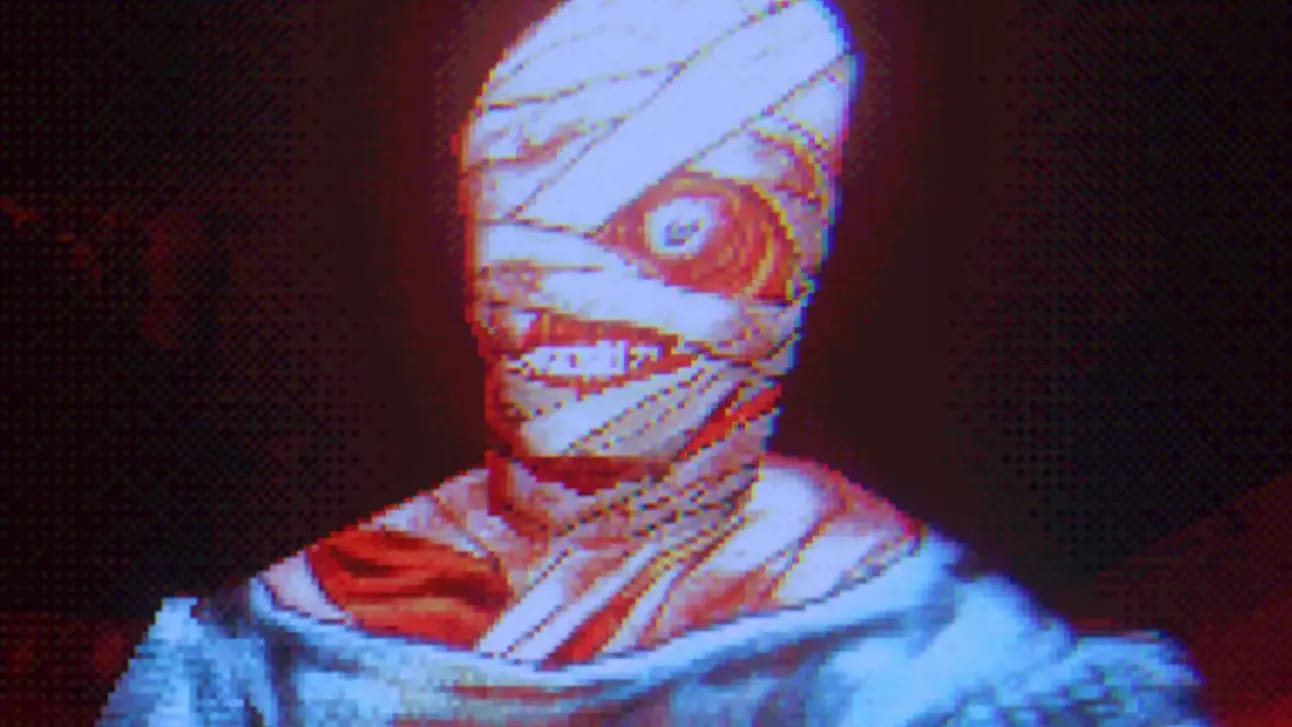
Indie horror games have undergone an incredible transformation over the years, evolving from lighthearted jump-scare fests into complex narratives exploring dark, mature themes. As this genre continues to expand its reach, it's crucial to unravel the pivotal cultural shifts and their impacts on audiences, particularly younger viewers who might inadvertently stumble upon it.
The Rise of Indie Horror Games
Welcome to our deep dive into the captivating yet unsettling world of indie horror games. Once an underground phenomenon, these games exploded in popularity with platforms like YouTube propelling them into the mainstream. Back in the early 2010s, during the height of YouTube's influence, creators like PewDiePie, Markiplier, and others introduced titles such as "Amnesia: The Dark Descent" and "Slender: The Eight Pages" to massive audiences. These games, characterized by clever jump scares and fun fright, felt safely fictional and almost innocent.
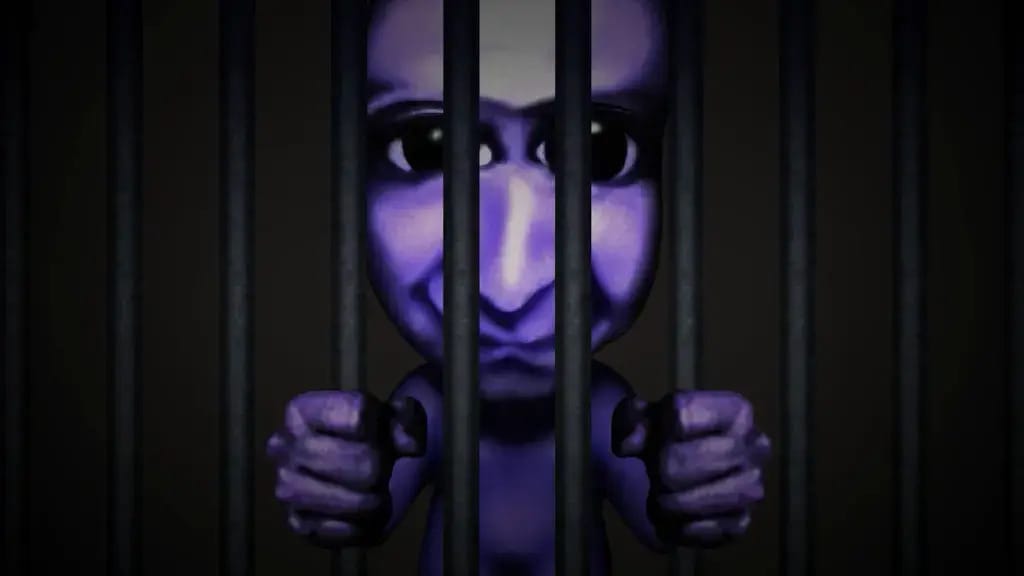
A Shift Towards Complexity
However, today's indie horror games often stray far from their roots. They delve into darker, more disturbing themes. This evolution reflects a wider cultural trend, where content once deemed mature is now increasingly accessible to younger audiences. At the heart of this shift is Five Nights at Freddy’s, a groundbreaking game that transformed point-and-click horror by blending jump scares with a haunting atmosphere and layered storytelling. This approach influenced the development of a sub-genre known as "Mascot horror", featuring games like "Bendy and the Ink Machine" and "Poppy Playtime," which are both simple in appearance yet complex in theme.

Blurring the Lines of Horror
As these games matured, the line between fictional horror and reality began to blur. Incidents like the 2014 Slender Man stabbing case became infamous cultural moments, raising questions about the potential impact of digital horror on real-life perceptions. This blurring continues as developers explore psychological, graphic, and mature themes, often replicating the intense visuals of shows like "Stranger Things" and "Fear Street".
The Modern Indie Horror Landscape
Today's indie horror games are distinguished by their explicit exploration of heavy subjects related to trauma, such as in "Mouthwashing" or "Bad Parenting." While some adults appreciate these complex themes, the morbid subject matter poses challenges for younger audiences. Hadley Vincent, a notable author in the space, argues that developing minds are ill-equipped to process these intricate narratives, leading to misinterpretations or distortions of the intended message.
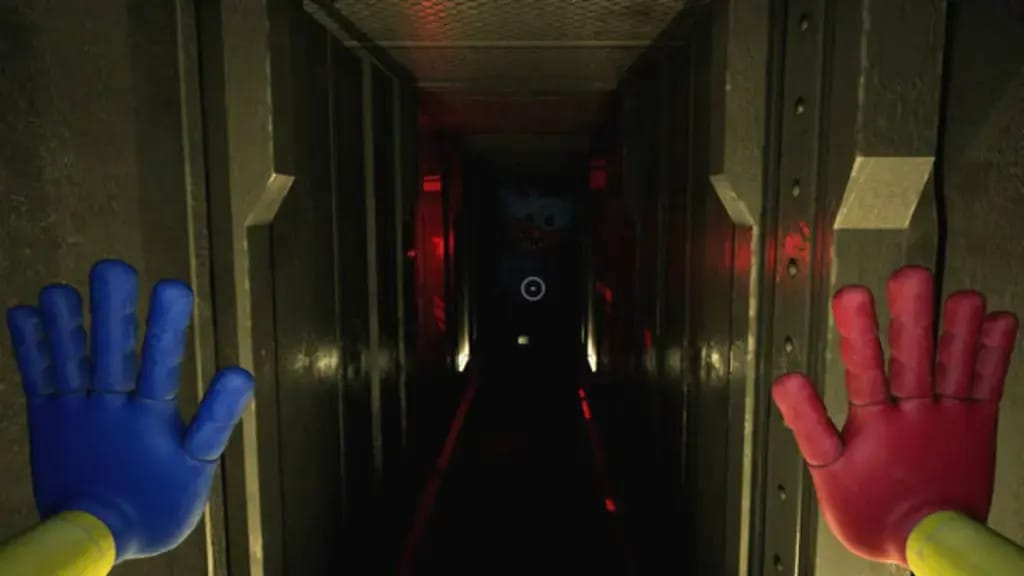
The Role of Responsibility
Navigating this evolving landscape requires a collective effort. Responsibility doesn't solely rest on game developers, but also on content creators and platforms like YouTube. There's a clear need for balanced censorship that empowers creators yet protects vulnerable audiences. For instance, influencers armed with viewership analytics could enforce stricter content warnings, ensuring age-appropriate viewership.
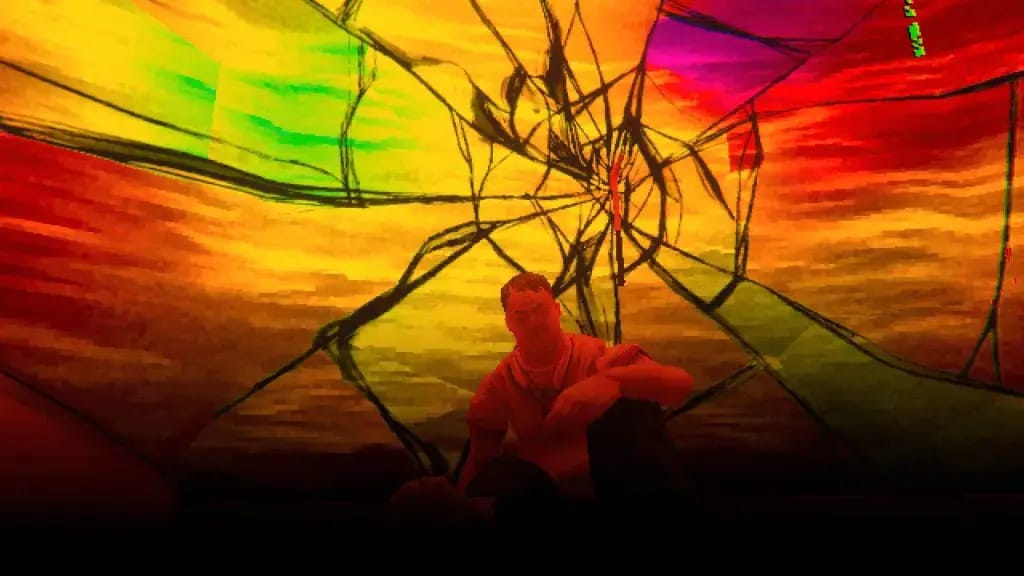
Looking Forward
Despite these challenges, there remains hope. Positive examples abound of indie horror games treading mature themes with care, such as "We Harvest Shadows" and "Static Dread". Such games underscore that horror's maturation doesn't have to rely on explicit shock value.
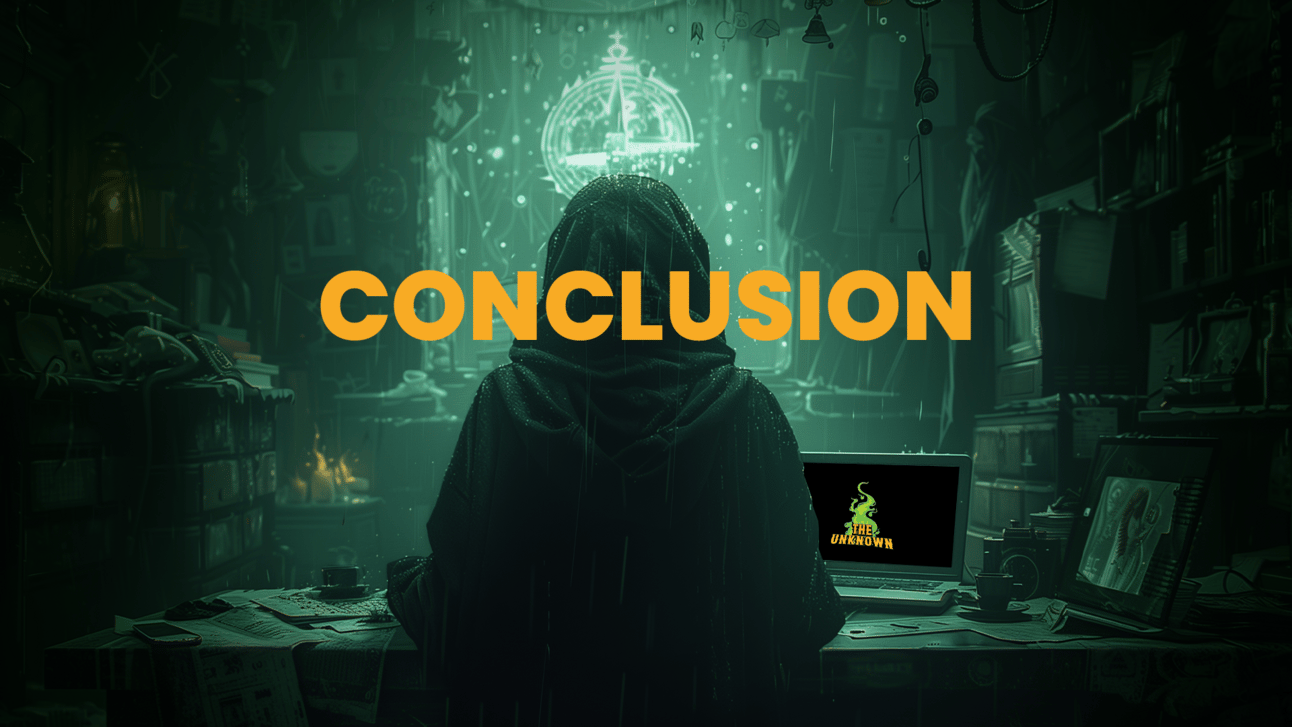
As we strive to cultivate this digital space, we must question our roles as creators, parents, platforms, and viewers, forming a healthy ecosystem where art flourishes yet young audiences remain shielded. How do we strike a balance that promotes individual responsibility and cautious freedom of expression?
This is the question that's left for us to ponder. Indie horror’s evolution underscores both its allure and its perils, challenging us to engage with it thoughtfully and consider its impact on our collective cultural psyche.
Listen to the full podcast episode here!